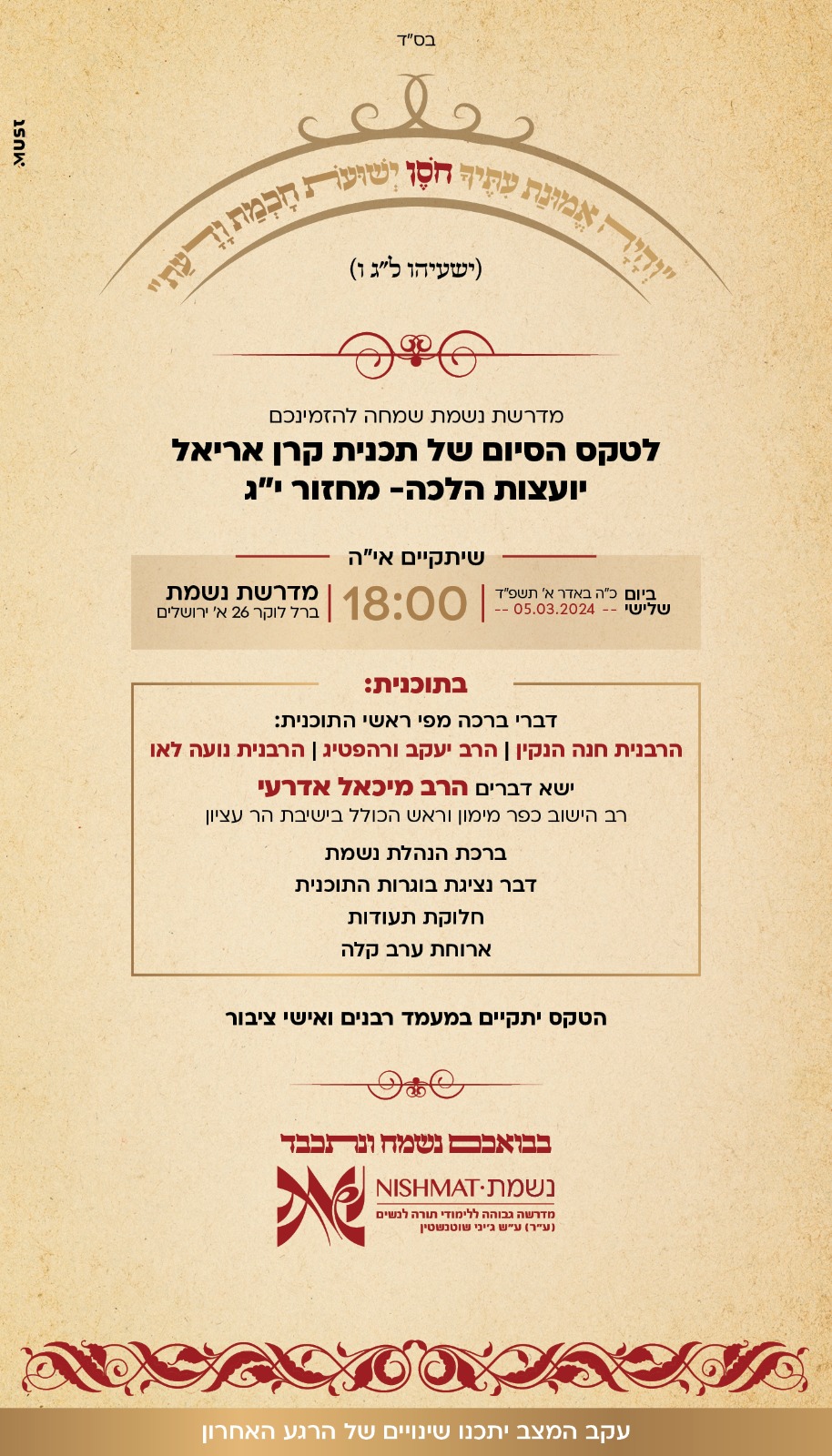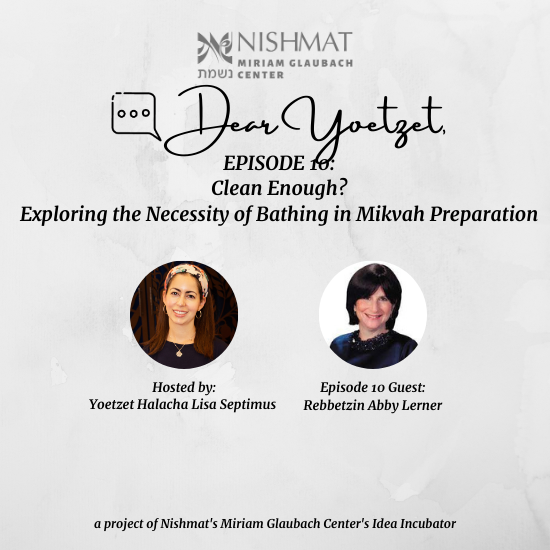By Hindy Ginsberg
.jpg) This afternoon I was sitting on the floor playing with my six month old twins, when I heard a ping. My friend had just sent me a link to an interesting new app, and wanted to hear my thoughts on it as a Yoetzet Halacha.
This afternoon I was sitting on the floor playing with my six month old twins, when I heard a ping. My friend had just sent me a link to an interesting new app, and wanted to hear my thoughts on it as a Yoetzet Halacha.
The app? Stain Checker, בודקת כתמים. I was immediately skeptical, but intrigued at the same time. So, I downloaded the app in order to see exactly what it was.
The description asks – “Do you want to know your halachic status without involving others in the most intimate aspects of your life. Do you feel uncomfortable having your stains checked by a Rabbi or Yoetzet Halacha? Do you want to avoid other people knowing when you’re going to the mikveh? Now you can!”
The app is based on a questionnaire. It starts off by asking you if you had a ‘hargasha,’ literally a feeling that your period is coming on or not. It then asks you a series of questions based on how you answer each question. It asks many of the right questions, usually in the right way. But…
My biggest issues with bringing the laws of niddah to an app are twofold: (a) Colors do not appear consistently on a screen and (b) An accurate halachic ruling involves knowing all the relevant information, which sometimes comes to light only through conversation.
 First, about the colors… A few months ago, the “Dressgate” phenomenon on social media demonstrated clearly that colors appear differently to different people and on different screens. One study showed that, out of 1,400 participants, 57% saw the dress as blue and black, 30% as white and gold, and about 10% as blue and brown. Scientists further found that if the dress was shown in artificial, yellow-colored lighting, almost all the participants saw it as blue and black. On the other hand, they saw it as white and gold if the lighting had a blue bias.
First, about the colors… A few months ago, the “Dressgate” phenomenon on social media demonstrated clearly that colors appear differently to different people and on different screens. One study showed that, out of 1,400 participants, 57% saw the dress as blue and black, 30% as white and gold, and about 10% as blue and brown. Scientists further found that if the dress was shown in artificial, yellow-colored lighting, almost all the participants saw it as blue and black. On the other hand, they saw it as white and gold if the lighting had a blue bias.
Color is a very fluid thing. It can appear different to different people, on different screens, or in different lighting. This is recognized in the halachic sources, which tell us that the optimal lighting to evaluate stains is daylight in a shaded spot. Unfortunately, a phone screen simply cannot convey color with the accuracy required for a halachic ruling.
(It is often in our best interest to know that sunlight is the ideal lighting for these situations. Fluorescent or incandescent lights sometimes pose a problem and can often make color look redder. I know this not just as a Yoetzet Halacha, but as a “Gingy” who desperately wants one of her children to be a redhead. The hair of one of my daughters looks red in the fluorescent lighting of my home, but blond in any other lighting.)
As awkward as it can be, there is no good alternative to asking certain questions on stains to a Rav or Yoetzet. Someone with experience can recognize when a stain can be attributed to a lesion or if it is coming from something in the cloth itself. If a woman has recurring stains of the same color, a halachic authority can often teach her how to evaluate them on her own, so that she does not need to return constantly with similar stains.
We Yoatzot are in favor of teaching women halacha in depth, giving them the ability to make judgments for themselves whenever possible and to take responsibility over their halachic observance. That process cannot be compared to outsourcing the thinking and the responsibility to a machine.
This brings me to my next point. An accurate halachic ruling requires as much relevant background information as possible. This information sometimes only comes to light through conversation. (Often, more of these relevant details come out in a woman-to-woman conversation with a Yoetzet Halacha.) How will the app know to ask questions that can be critical to the halachic process? Does the app ask if you are postpartum? If you are suffering from post partum depression? If you are trying to conceive? If your husband has been away for a month on miluim? If you are perimenopausal? If you recently changed your form of birth control? All these factors and many more can influence what your halachic status is, why, and what you can do to adapt. All of these things can help you, not hurt you, and are the reason why you need a person behind the answer of whether or not you are a niddah.
For what it’s worth, the app is fairly well-executed, but still riddled with serious mistakes. As much as I understand the desire to cut out the middleman and keep the most private aspects of your life private, our Torah is a living Torah, Torat Chaim. Torah is complex and dynamic. Should it be boiled down to an app?















